A new state-of-the-art national laboratories facility has been officially opened in Guildford, UK, following a £20 million investment by global life sciences specialist LGC.
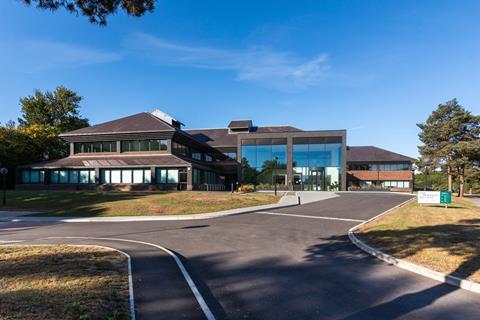
The new facility will host the National Measurement Laboratory, the Office of the Government Chemist and the chemical laboratories of the Medicines and Healthcare products Regulatory Agency. These labs, which employ 150 people, will provide government, business and academia with analytical services for a wide range of substances relevant to healthcare, food, environmental protection and water safety, as well as access to verified and high precision standards needed for instrument calibration.
The 4500m2 facility will replace those in Teddington, London, that have held the country’s national labs since 1988. The outdated labs were no longer fit for purpose and have now been sold to a developer. LGC considered several options, including refurbishing and redeveloping the Teddington site, but concluded that the Surrey Research Park was the best location to host the UK’s national laboratories. This has been a two-year process of redeveloping an existing building there, along with constructing additional labs at the same site to create a single joined-up facility.
‘The opening of the new national laboratories, with three critical functions of UK science and safety, have been brought together in a purpose-built facility for the first time,’ said Joydeep Goswami, chief executive of LGC at the opening of the lab. ‘Opening this new facility for us to get to work, marks an important moment in UK science and for everyone that depends on accurate, trusted measurement in their daily lives.’
The invisible infrastructure
‘At its heart, our mission is simple – it’s to provide confidence … trust that the data, products, services that show our work are accurate, reliable, fit for purpose,’ said Julian Braybrook, Government Chemist, also speaking at the event. ‘We need global efforts to ensure standardisation and traceability of chemical and biological measurements, work that allows scientific results, regulatory decisions to be prepared and trusted across borders. This global traceability network, underpinned by the National Measurement Laboratory and the Office of the Government Chemistry, helps to foster innovation, improve productivity, enable smoother trade. It ensures … that when tests are carried out in the UK, they mean exactly the same thing anywhere else in the world.’
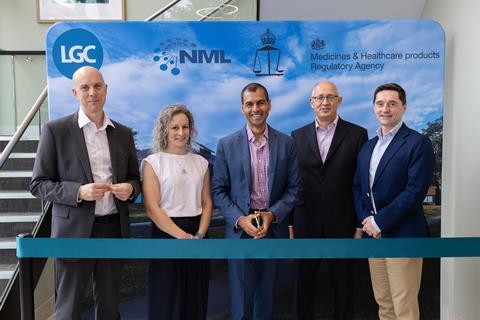
The new facilities were designed from scratch, taking into consideration the needs of each lab. The existing building was stripped back, its glass replaced, and heating ducts and air vents changed to suit each working environment.
Braybrook says that the new purpose-designed chemical labs, along with new instrumentation like high-precision mass spectrometers and enhanced q-NMR capabilities for purity determination, have ‘given us enhanced capabilities, particularly to measure very, very low levels of elements in matrices of any sort’. The dedicated microbiological facility, combined with digital PCR and sequencing technologies, is improving our capabilities to detect bacteria, viruses, fungi and parasites.
Another improvement is a room designed to be as plastic-free as possible, with resin flooring and benchtops, HEPA-filtered air systems, and specially designed workflow cabinets and hoods. This careful exclusion of potential contaminants will enable measurements of nano- and microplastics with a tenfold improvement in sensitivity over the previous labs.
In the molecular biology lab, the purchase of a new benchtop DNA printer that can manufacture short sequences of nucleic acids will help produce material standards that healthcare providers, regulators and biomedical firms can use to evaluate and test primers used in PCR tests and related technologies. This type of technology is likely to be increasingly important in preparing for future pandemics as countries monitor the spread of disease. These tests are now seen as critical during a pandemic and this means that ‘the standards that underpin those tests become essential’, explains Jim Huggett, director of biological metrology at LGC. ‘We’ve got [the DNA printer] very much to provide the controls so that third parties can evaluate their tests as they develop them. End users, like the NHS, can evaluate the tests they may purchase, and then regulators can also evaluate and monitor post-market surveillance,’ he adds.
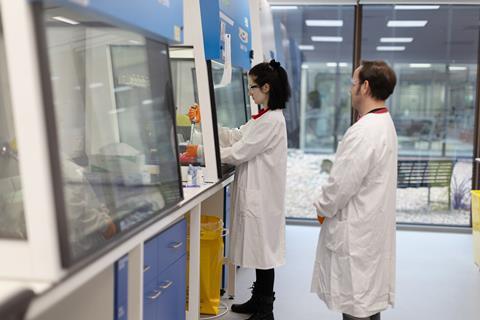
Despite the bigger space and better facilities, the construction should have a smaller environmental footprint than the old labs. Air source heat pumps, solar panels and electric vehicle charging points reduce the site’s carbon emissions and are complemented by redundant air handling and extraction systems to reduce unnecessary energy loss from fume hoods and other systems.
Working together
Goswami also notes that the labs were designed to enhance collaboration. While the previous labs were housed in separate buildings and tended to each have their own culture, that’s not the case now. There’s room for scientists to come together in the facility for a free exchange of ideas that he hopes will speed innovation at LGC. ‘Like a scientific institution we’ll have interactions, we’ll have shared presentations – a range of scientists and junior scientists are encouraged to present here and obviously internationally,’ says Huggett.
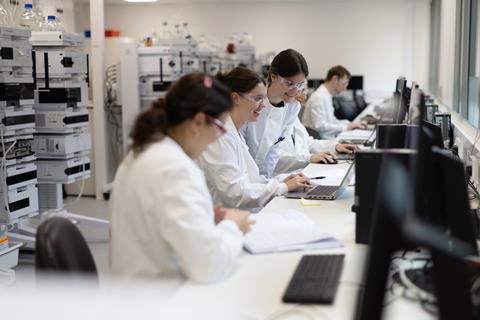
Braybrook emphasises that the importance of the work that will be conducted at these new labs should not be underestimated. He adds that this global network of measurements and standards that the UK’s national laboratories help to oversee are ‘the invisible infrastructure of science and commerce – it’s what keeps our world in sync’.
Julian Braybrook’s comments on precision instrumentation in use at the facility were updated on 30 October 2025.
How the national laboratories and their measurements are helping people around the world
The research conducted at the national laboratories goes beyond the seemingly esoteric task of ensuring accuracy in the lab. The work carried out there has had an impact in the real world, saving lives, protecting the environment and identifying bodies on battlefields.
Better blood tests
Chronic myeloid leukaemia (CML) is a treatable disease that affects thousands of people in the UK. Following treatment, patients must be monitored to track levels of any remaining cancerous cells and this task falls to blood tests. However, variations in the different types of blood tests used has made it difficult to compare a patient’s progress against the disease. The National Measurement Laboratory was responsible for creating a new ‘gold standard’ blood test for CML that is now being used in the UK and around the world.
Characterising nanoparticles
Nanomaterials are added to everything from personal care products to electronics, and they are also produced by wear and tear on synthetic materials. This has led to concerns about the environmental fate of these particles. National laboratory scientists have developed new techniques to assess the levels of these potential pollutants in samples. Their work to create reference materials also allows scientists in labs around the globe to be confident that their tests are delivering accurate results that are comparable with other labs’ analyses.
Forensics for the fallen
Several thousand Australian soldiers died at the Battle of Fromelles in 1916 during the first world war. Many were buried in unmarked graves and their families never learned what had happened to them, so when a mass grave was discovered in 2008 it offered the hope of some answers. DNA scientists at the national laboratories, working with the Commonwealth War Graves Commission, the Australian Defence Force and the UK’s Defence Casualty Unit, isolated DNA from the recovered remains. This DNA was then compared with living relatives of the Australian soldiers who died at the Battle of Fromelles and has so far led to the identification of over 170 bodies.



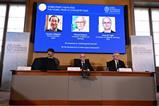




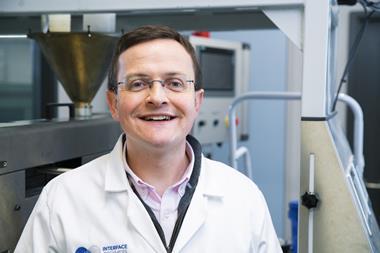
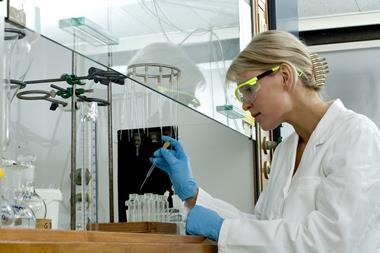

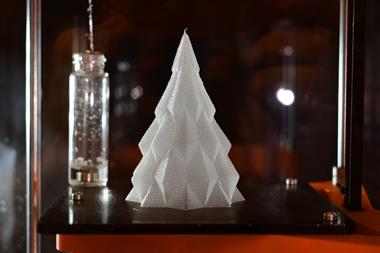
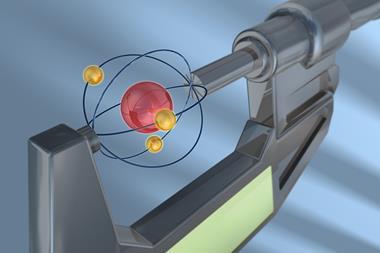
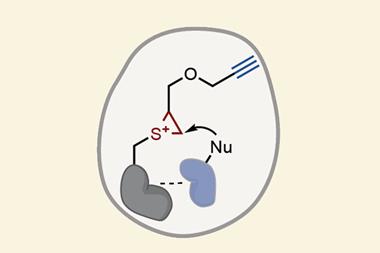
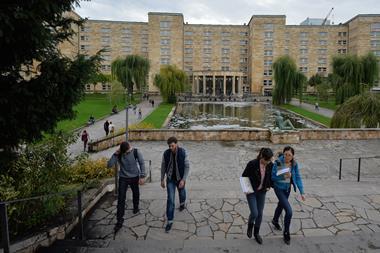
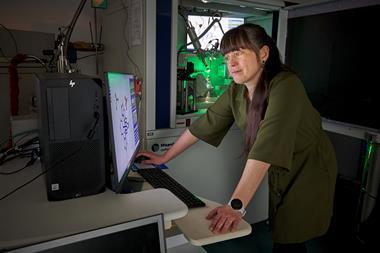
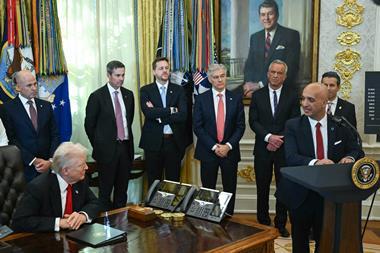
No comments yet